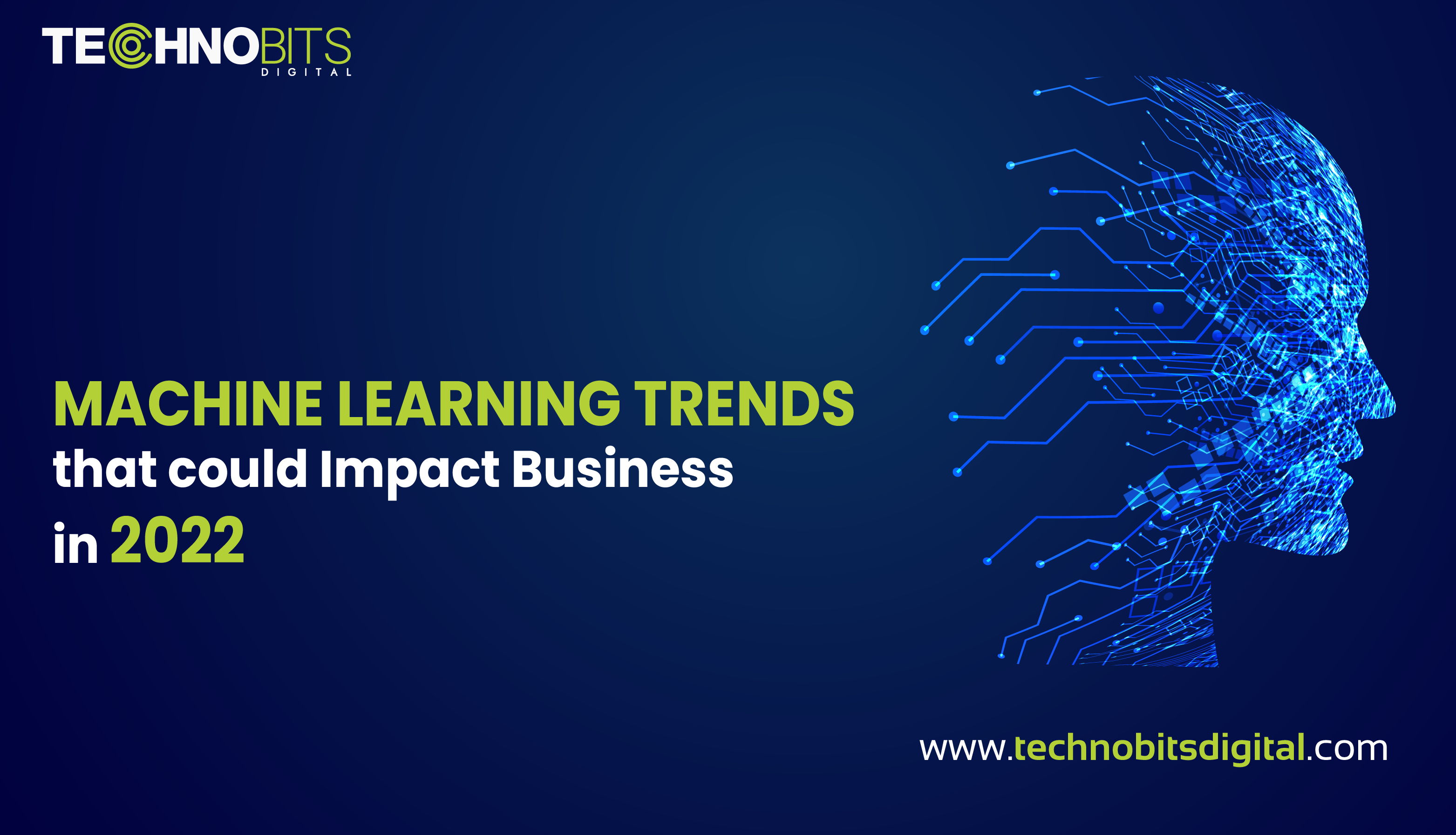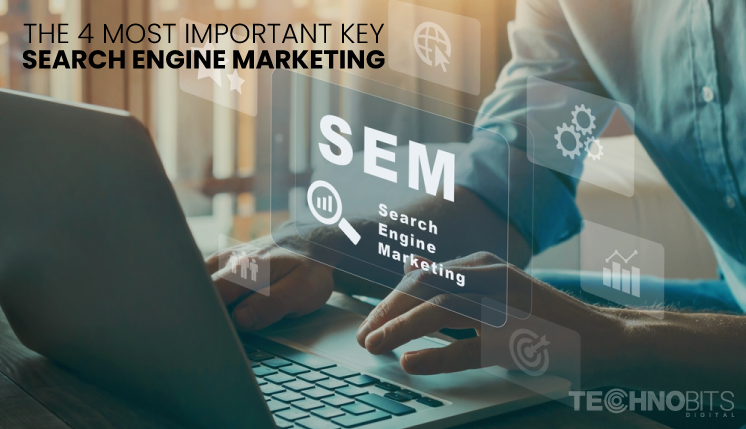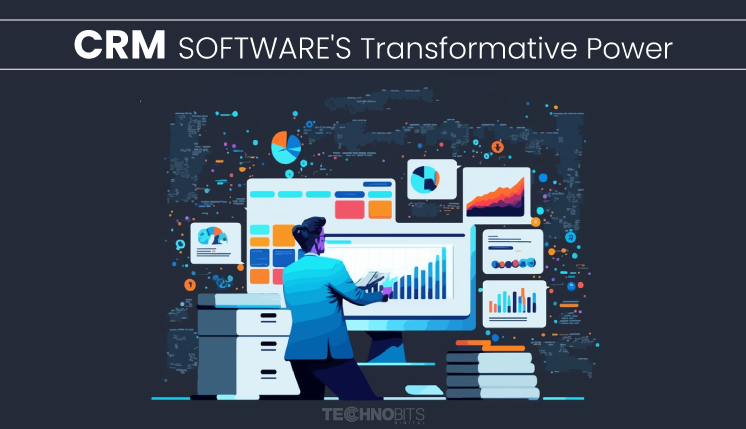Blog Detail
9 Machine Learning Trends that could Impact Business in 2022
9 Machine Learning Trends
Nov 13 2021

Machine learning was once considered science fiction, similar to numerous other innovative technologies of the present times. Nonetheless, its uses in real-world industries are only confined to our imagination.
In recent times, innovations in machine learning have caused many tasks to be more efficient, precise and feasible than ever before. It does make our lives much easier as it is powered by data science. A machine can perform tasks more efficiently than a human if correctly trained.
Recognising the innovations and possibilities in recent times of ML technology is vital for businesses. This way, they could find the most suitable methods to handle the business. It is also required to be updated to be able to be competitive in the industry.
As an innovative software development company, we will present some of the latest innovations in machine learning technologies that are likely to impact businesses in 2022. Read on to find how this technology could likely benefit you and your business.
No-Code Machine Learning
Although much machine learning is managed and set up with computer coding, it is no longer always the case. No-code machine learning is a method of programming ML applications without going through lengthy and complicated techniques such as designing algorithms, pre-processing, modelling, deployment, collecting new data, retraining, etc. Some of its significant benefits include:
Fast implementation -
As no code has to be written or debugged, developers can spend much of the time getting results instead of development.
Lower costs -
Big data science teams will no longer be required as automation eliminates the need for long development time.
Simplicity -
It is easier to use because of its simple drag and drops feature.
No-code machine learning makes use of drag and drop inputs to simplify the process into the following:
Begin with user behaviour data
Drag and drop training data
Use a question in plain English
Evaluate the results
Generate a prediction report
As this considerably simplifies the machine learning process, it is not necessary to become an expert. However, it isn’t a substitute for more advanced and nuanced projects. But this does make machine learning applications more accessible to developers and could be suitable for simple data analysis predictive projects.
No-code ML is a great choice to analyse data and make predictions over time without much expertise or development. Although its use cases are limited, this is the best choice for smaller companies that can’t bear to maintain a team of data scientists.
TinyML
In a world increasingly run by IoT solutions, TinyML has also created its space. Though large scale machine learning applications do exist, their usability is relatively limited. Smaller-scale applications are frequently needed. It could take time for a web request to transmit data to a big server for processing by a machine learning algorithm and then send it back. Instead, a better way could be to use ML programs on edge devices.
We can achieve lower latency, lower required bandwidth, lower power consumption, and ensure user privacy when executing smaller-scale ML programs on IoT edge devices. Latency, bandwidth, and power consumption get considerably reduced as the data isn’t required to be sent out to a data processing centre. As the computations are made entirely locally, privacy is also maintained.
This trending innovation has numerous applications in agriculture, predictive maintenance for industrial centres, and healthcare industries. These industries track and make predictions on collected data by utilising IoT devices with TinyML algorithms.
AutoML
Compared to no-code ML, AutoML strives to ensure that developing machine learning applications becomes more accessible for developers. As machine learning is becoming increasingly valuable for different industries, off-the-shelf solutions have been in huge demand. Auto-ML endeavours to reduce the gap by providing a simple and accessible solution that isn’t dependent on ML experts.
Data scientists working on machine learning projects should concentrate on preprocessing data, designing neural networks if deep learning is involved in the project, modelling, developing features, post-processing, and result in analysis. As these tasks are quite complex, AutoML provides simplification through the use of templates.
AutoML brings advanced data labelling tools. It allows for the likelihood of automatic tuning of neural network architectures. Traditionally, data labelling was done manually using outsourced labour. It can lead to a large amount of risk due to human error. As AutoML aptly automated a large portion of the labelling process, the risk of human error is much lower. That also decreases labour costs. It lets companies concentrate fully on data analysis. Since AutoML reduces these costs, artificial intelligence, data analysis, and other solutions will become cheaper and more accessible to companies.
Machine Learning Operationalization Management (MLOps)
Machine Learning Operationalization Management (MLOps) is the practice that develops machine learning software solutions by focusing on efficiency and reliability. It is a novel way to improve how machine learning solutions are developed to benefit businesses.
AI and Machine learning can be developed with traditional development disciplines. Still, the unique features of this technology indicate that it may be better suited for a different strategy. MLOps presents a new method combining ML systems deployment and ML systems development into a single consistent manner.
One of the purposes that makes MLOps necessary is that we have to deal with more and more data on larger scales which demands a greater degree of automation. A significant element of MLOps is the systems life cycle introduced by the DevOps discipline.
Understanding the ML systems lifecycle is vital to realise the importance of MLOps:
Designing a model based on business goals
Acquiring, processing and preparing data for the ML model
Training and tuning the ML model
Validating the ML model
Deploying the software solution with an integrated model
Monitoring and restarting the process to improve the ML model
A benefit of MLOps is that it can promptly address systems of scale. It is challenging to deal with these problems at larger scales due to gaps in internal communication between teams, small data science teams, and changing objectives.
We could better collect data and implement ML solutions throughout the entire process using the business objective-first designs. These solutions require closer attention to feature creation, cleaning, data relevancy, getting appropriate cloud service hosts, and ease of model training after deploying to a production environment.
MLOps can be an excellent solution for enterprises at scale by reducing variability and ensuring consistency and reliability.
Full-stack Deep Learning
The widespread use of deep learning frameworks and business requires including deep learning solutions into products led to the emergence of high demand for full-stack deep learning.
What is full-stack deep learning?
Imagine you have a team consisting of highly qualified deep learning engineers. They have already developed some fancy deep learning models. However, right after creating the deep learning model, it is just a few files. These aren’t connected with the outer world.
In the next step, engineers have to work on wrapping the deep learning model into infrastructure:
Mobile Application
Some edge devices
Backend on a cloud
Demand for full-stack deep learning leads to creating frameworks and libraries that help engineers automate that allow them to adapt to the current business needs quickly.
General Adversarial Networks (GAN)
GAN technology delivers more robust solutions for implementations. Generative neural networks generate samples that have to be checked by discriminative networks which remove unwanted generated content. It provides checks and balances to the process, which increases reliability and accuracy. That is comparable to branches of government.
Generative models can concentrate on what these categories are and distribute joint probability. Discriminative models can’t describe the types that it is given and could simply use conditional probability for differentiation in samples between two or more categories.
Unsupervised ML
With improvement in automation, a larger number of data science solutions are needed without human intervention. Unsupervised ML is a trend that is promising in different industries and use cases. It is known from previous techniques that machines can’t learn in a vacuum. They must be able to gather new knowledge and analyse it for the solution that they provide. However, this typically needs human data scientists to supply the required data into the system.
Unsupervised ML concentrates on unlabeled data. Without the guidance of a data scientist, unsupervised machine learning programs need to form their conclusions. It could be used to study data structures promptly. That would be helpful to identify potentially useful patterns that could be used for improvement and further automation of decision-making.
A technique that can be used for data investigation is clustering. Machine learning programs can efficiently understand data sets and their patterns By grouping data points with shared features.
Reinforcement Learning
There are 3 paradigms In machine learning: reinforcement learning, supervised learning, and unsupervised learning.
The machine learning system, in reinforcement learning, learns from direct experiences with its environment. The environment can use a reward and punishment system to assign value to the ML system’s observations. Eventually, the system will want to attain the highest level of value or reward.
It has numerous applications in video games and board game AI. However, reinforcement ML may not be the best idea when safety is a critical application feature. It might purposefully take unsafe decisions in learning as the algorithm comes to conclusions with random actions.
If left unchecked, this can endanger users. There are safer RL systems in development to deal with this issue that consider safety in their algorithms. Once reinforcement learning can finish tasks in the real world without selecting harmful or dangerous actions, it will be a more helpful tool for the data scientist.
Few-Shot, One-Shot, & Zero-Shot Learning
Data collection is necessary for machine learning practices. Yet, it is also one of the highly boring and monotonous tasks. If done incorrectly, it is likely to be subject to error. The performance of the machine learning algorithm is heavily dependant on the type and quality of data provided.
Few-shot learning focuses on limited data. It has several applications in fields such as facial recognition, image classification, and text classification. However, it also has its limitations. Although it doesn’t need a great deal of data to produce a usable model is helpful, it can’t be used for very complex solutions.
Furthermore, one-shot learning uses even lesser data. Yet, it has some beneficial applications for facial recognition.
Originally, zero-shot learning is a confusing prospect. How do machine learning algorithms function without initial data? Zero-shot ML systems observe a subject and apply information about that object to predict what classification it could fall into. That is possible for humans.
Even though the observed objects are not seen during training, the ML algorithm will still classify these objects. It is quite useful for natural language processing, image classification, object detection, and other tasks.
Getting Your Business Future Ready
Industries are becoming more and more advanced due to innovations in machine learning and data science. In certain instances, it has made the technology needed to stay competitive. But, utilisation of the technology on its own will be able only to get us so far. Innovation is required to accomplish goals in unique and novel ways to stake a corner in the market and break into new futures previously considered science fiction.
Each objective entails a different method to reach it. When you can interact with experts, you can learn about what is best suited for your company. That can also benefit you to know what technologies like AI or machine learning can enhance the efficiency of your business and assist you to realise your vision of providing the best services to your clients.
When you are looking for custom, technology-based solutions for your business, we can provide you with the required results. Get in touch.
Visit https://www.technobitsdigital.com/ today.
TAGS
Australia +61 4 7038 7624 India +91 97265 89144
We truly care about our users and our product.






